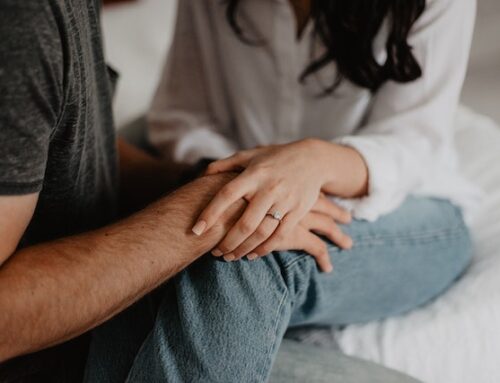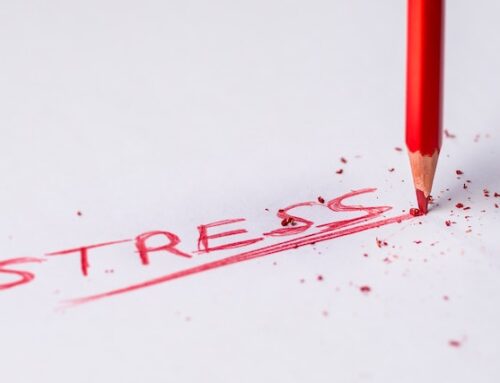Seasonal Affective Disorder and Me
Seasonal Affective Disorder (SAD) is defined when the sufferer has good mental health for most of the year but had depressive symptoms around the same time each year. This is generally in line with changes to the seasons, normally autumn or winter. The theory behind this is because those months of the year there is less sunlight and generally less chance of getting outside to soak up the sunshine. There is also a school of thought that it’s because of those months, in particular winter where it’s gloomy outside and this affects your mood. Finally, it is also theorised that your body generates less of the hormones melatonin and serotonin, which are directly involved with sleep and mood.
My psychiatrist suggested that I suffer from a form of Seasonal Affective Disorder (SAD) quite a number of years ago. Technically speaking my Major Depressive Disorder (MDD) is always around in some way so it’s not really seasonal, however, my moods generally do decline significantly in the autumn and winter months of the year. The symptoms of SAD are pretty much the same as for MDD including low moods, excessive sleeping and eating and just generally feeling under the weather. You can be put on medications to help lighten your mood. Sometimes psychotherapy can be helpful as well.
You can also try light therapy (phototherapy) as a way to manage your SAD. A lightbox is a device that mimics the outdoor light. It is thought to work by causing chemical changes in your brain and that it lifts your mood and eases the other symptoms of SAD. If you suffer from Bipolar disorder, you need to be careful however as it can induce manic symptoms. Your lightbox, in general, should provide up to 10,000 lux of light and emit as little UV light as possible. Suggestions for using your lightbox include:
- Using the lightbox within the first hour of waking up in the morning
- You should use it for at least 20 to 30 minutes.
- A safe distance is approximately 40 to 60 centimetres.
- With your eyes open, however not looking directly at the light.
Other forms of treatment for season affective disorder include getting as much sunlight on your skin as possible. Make sure you open up your house and sit near windows as often as possible. Getting outside and exercising on a regular basis is also a proven treatment option.





I am diagnosed with Bipolar 1 and don’t suffer from SAD. I may have as a child but I don’t experience it now.
My ancestors are from cold dark places too so that probably explains it.
I try to exercise two times a day and I think this helps my mental health a lot.